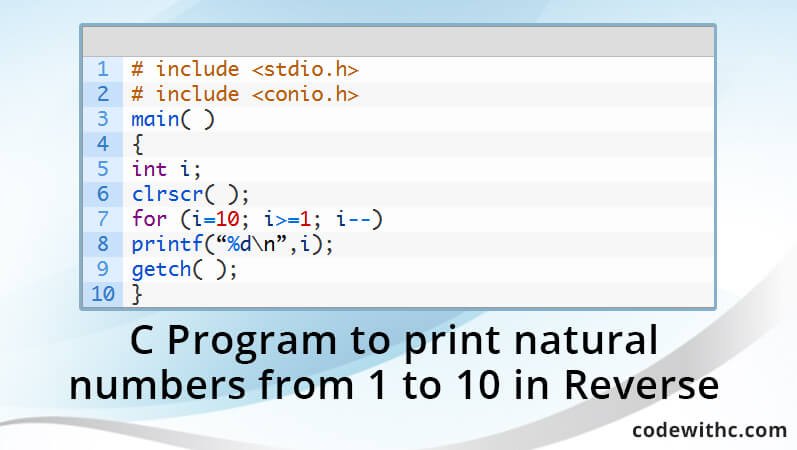

On success, the total number of characters written is returned. Additional arguments are ignored by the function. There should be at least as many of these arguments as the number of values specified in the format specifiers. (additional arguments) Depending on the format string, the function may expect a sequence of additional arguments, each containing a value to be used to replace a format specifier in the format string (or a pointer to a storage location, for n). See for the specifiers for extended types. Note: Yellow rows indicate specifiers and sub-specifiers introduced by C99. Note regarding the c specifier: it takes an int (or wint_t) as argument, but performs the proper conversion to a char value (or a wchar_t) before formatting it for output. This is a chart showing the types used to interpret the corresponding arguments with and without length specifier (if a different type is used, the proper type promotion or conversion is performed, if allowed): The length sub-specifier modifies the length of the data type. The precision is not specified in the format string, but as an additional integer value argument preceding the argument that has to be formatted. If the period is specified without an explicit value for precision, 0 is assumed. By default all characters are printed until the ending null character is encountered. A precision of 0 means that no character is written for the value 0.įor a, A, e, E, f and F specifiers: this is the number of digits to be printed after the decimal point (by default, this is 6).įor g and G specifiers: This is the maximum number of significant digits to be printed.įor s: this is the maximum number of characters to be printed. The value is not truncated even if the result is longer. If the value to be written is shorter than this number, the result is padded with leading zeros. The width is not specified in the format string, but as an additional integer value argument preceding the argument that has to be formatted.įor integer specifiers ( d, i, o, u, x, X): precision specifies the minimum number of digits to be written. The value is not truncated even if the result is larger. If the value to be printed is shorter than this number, the result is padded with blank spaces. Minimum number of characters to be printed. Left-pads the number with zeroes ( 0) instead of spaces when padding is specified (see width sub-specifier). By default, if no digits follow, no decimal point is written. Used with a, A, e, E, f, F, g or G it forces the written output to contain a decimal point even if no more digits follow.

Used with o, x or X specifiers the value is preceeded with 0, 0x or 0X respectively for values different than zero. If no sign is going to be written, a blank space is inserted before the value.

By default, only negative numbers are preceded with a - sign.

HOW TO USE PRINTF IN C TO PRINT AN INT PLUS
Left-justify within the given field width Right justification is the default (see width sub-specifier).įorces to preceed the result with a plus or minus sign ( + or -) even for positive numbers. precision and modifiers (in that order), which are optional and follow these specifications: The format specifier can also contain sub-specifiers: flags, width. The number of characters written so far is stored in the pointed location.Ī % followed by another % character will write a single % to the stream. The corresponding argument must be a pointer to a signed int. Use the shortest representation: %E or %F Use the shortest representation: %e or %f Scientific notation (mantissa/exponent), uppercase Scientific notation (mantissa/exponent), lowercase Where the specifier character at the end is the most significant component, since it defines the type and the interpretation of its corresponding argument: It can optionally contain embedded format specifiers that are replaced by the values specified in subsequent additional arguments and formatted as requested.Ī format specifier follows this prototype: Parameters format C string that contains the text to be written to stdout. If format includes format specifiers (subsequences beginning with %), the additional arguments following format are formatted and inserted in the resulting string replacing their respective specifiers. Writes the C string pointed by format to the standard output ( stdout).


 0 kommentar(er)
0 kommentar(er)
